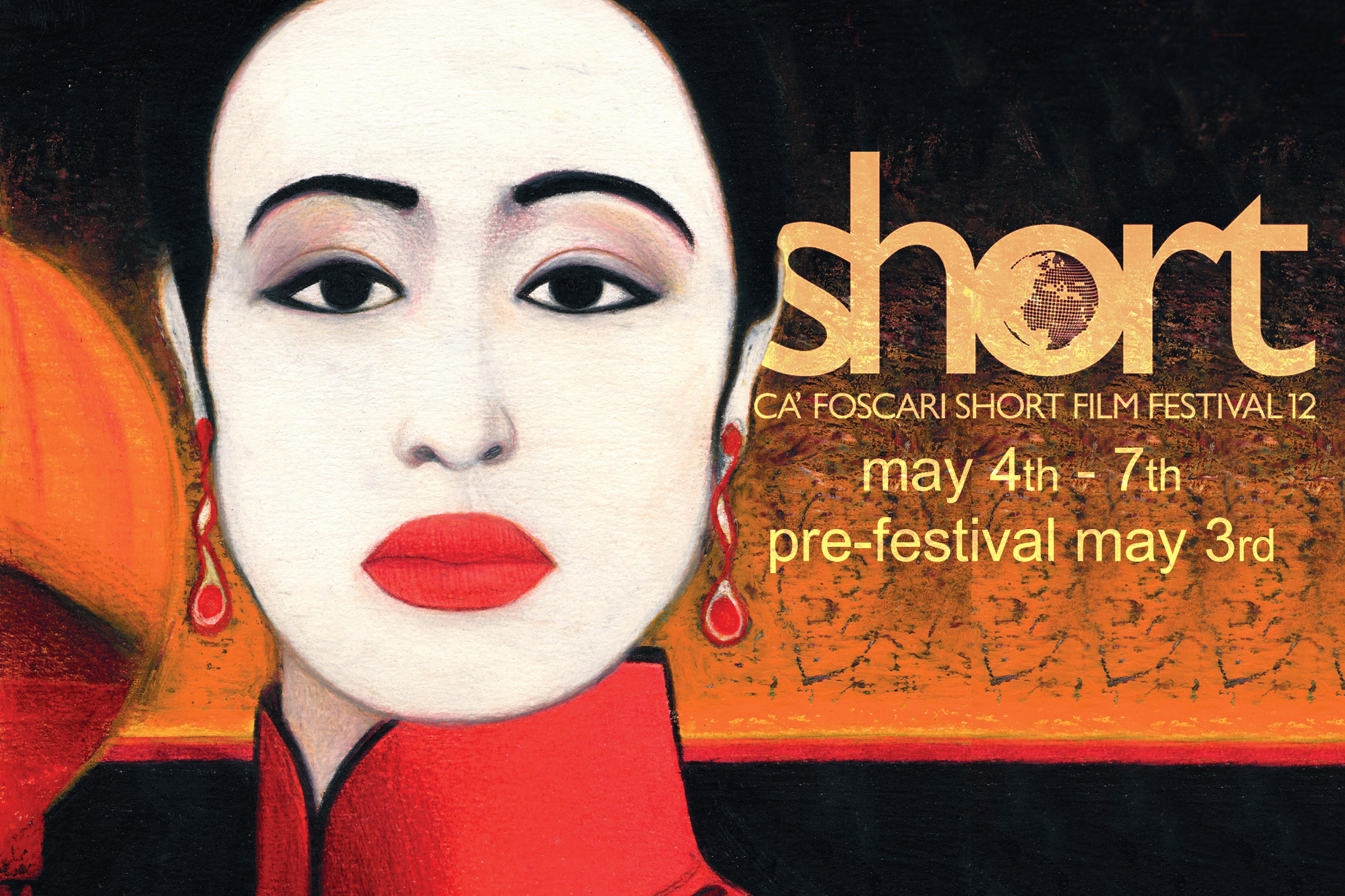
Peter Lord was one of the special guests of this twelfth edition of the Ca’ Foscari Short Film Festival. Internationally renowned animator and film producer who yesterday, during the first day of the festival, went through his career in a masterclass on his animated films, also presenting some extracts of his most famous works. Talking with him on stage and leading the interview was Davide Giurlando, an expert in animation cinema and professor at the University’s Master of Fine Arts in Filmmaking.
Peter Lord is one of the most important figures in the stop-motion animation world hitherto. In 1972 he co-founded Aardman Animation with his colleague David Sproxton, a production company that gained international fame starting from 1976, when the studios were moved to Bristol and the work on clay animation began. Aardman Studio is currently considered one of the most celebrated film studios in the world. Noteworthy is The Amazing Adventure of Morph, one of the first successful works, a series of animated short films for children that aired in the 1980s on the BBC. In his career, however, Lord has not only dealt with animation for children, but has also often addressed an adult audience. Famous in this field are the short films Animated Conversation (1977), in which Sproxton and Lord used real recorded conversations for the script of the dialogues. Among the most famous full-length films are Chicken Run (2000), Flushed Away (2006) and The Pirates! In an Adventure with Scientists (2012), the latter was nominated for an Oscar in 2013.
During the interview, Lord talked about himself without filters, remembering of his first works with enthusiasm and revealing some tricks of the trade that contributed to making Aardman Studio one of the giants among animation studios. One of the secrets surely is the crafting of clay, a simple material however extremely malleable: “I would think of comparing it to a pencil, that is a simple instrument, but with which you can do many different things and it’s exactly the property of transformation that makes it something magical”. It’s precisely the expressiveness of this material – continued Lord – that allows the communication of thoughts and emotions of the characters, whom often are mute. Lord reiterated of the importance of sound and the choice of music to use as background, which is another tool that, like clay, allows to pass on the state of mind of the characters to the public. In this regard, he stated that Aardman Studio focuses a lot on the effect created by sound and on the contradiction that you can create with it: “we always try to insert serious music because comedy-type music would ruin the comedy already present in the scene”. The masterclass was also a chance to assist the screening of some extracts of Lord’s and Aardman’s most famous works, from the debut of The Amazing Adventures of Morph (1981), to the My baby just cares for me (1987) music video, to the more politically engaged Babylon (1986). Finally came the time of Chicken Run (2000), that got a laugh out of everyone present, including Lord himself, who called to notice how behind each character lays a tremendous job: “you have to think that behind each character are a lot of people, each animator has its own personal characteristic which they put in the character”. A wonderful lectio magistralis thereby ended, that gave the public of the Short Film Festival the chance to learn and explore in depth Peter Lord’s work, giving an homage to the cinematic universe and mostly to whom make it possible, just as the director himself reminded at the end: “I think that the most beautiful thing is to celebrate this world and the people who work in it, with their own hands and art, because it’s a beautiful universe”.

